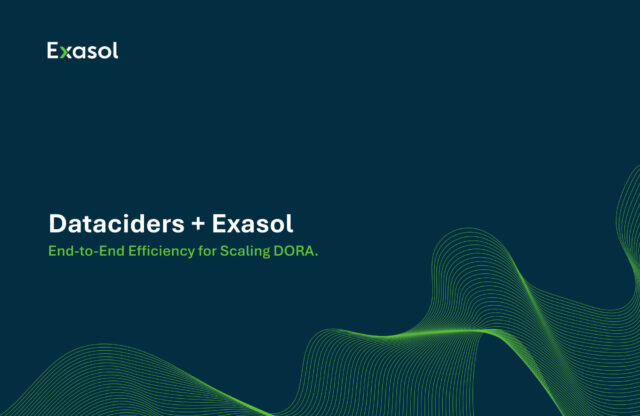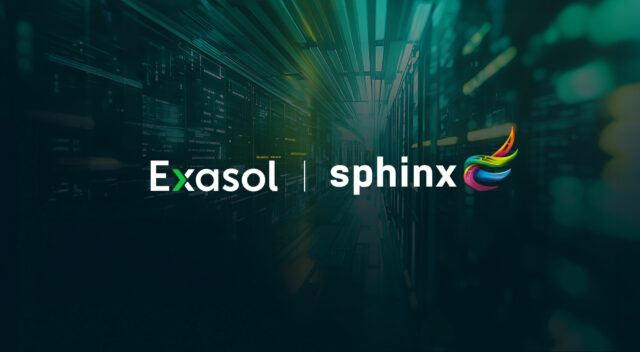
Blog

Accelerating Innovation, Expanding Possibilities Building on the foundations of Exasol Release 2025.1, we now take the next leap with Exasol 8 Release 2025.2: unleashing context-rich AI, personal big data analytics …
Continue reading
Democratizing Big Data Analytics The field of analytics has been blessed with good tools recently. If you are working with a set of data that fits on a single machine …
Continue reading
valantic’s proposition is action over abstraction. They embed with your First Line to wire up real workflows and train teams so compliance outlives the project. Their track record recertifying 600+ …
Continue reading
Discover how virtual schemas enable real-time data federation, reduce ETL complexity, and power AI-ready analytics for continuous intelligence.
Continue reading
From new connectors and performance improvements to integrations like MLflow, much of what ships in Exasol’s releases originates from real-world customer feedback. To explore how this process works, we sat …
Continue reading
If the first wave of DORA felt like juggling overlapping requirements, you’re not alone. Across banks, insurers, and fintechs, Dataciders sees the same operational friction: unclear scope, rising ICT risk …
Continue reading
Sphinx’s philosophy is pragmatic: before designing risk management on paper, implement the technical measures that prevent breaches and make evidence automatic. In practice, that means putting security gates in the …
Continue reading
We’re excited to announce a new Exasol + MLflow integration prototype that brings together Exasol’s high-performance analytics engine with MLflow’s open-source MLOps framework. This integration makes it easier for data …
Continue reading
A detailed TPC-H benchmark comparing Exasol and ClickHouse shows Exasol delivering 10.7× higher median performance. Learn about the test setup.
Continue reading
For the third time, within less than a year, we are discussing Text-to-SQL. First, it was just a test with a publicly available service on the HuggingFace website (https://www.huggingface.co). This …
Continue reading